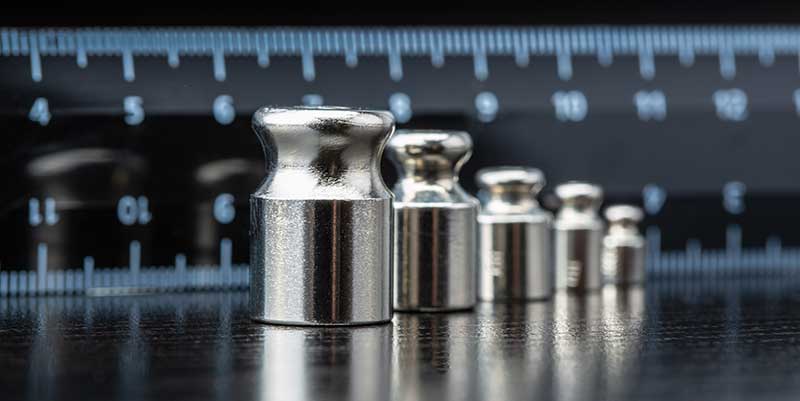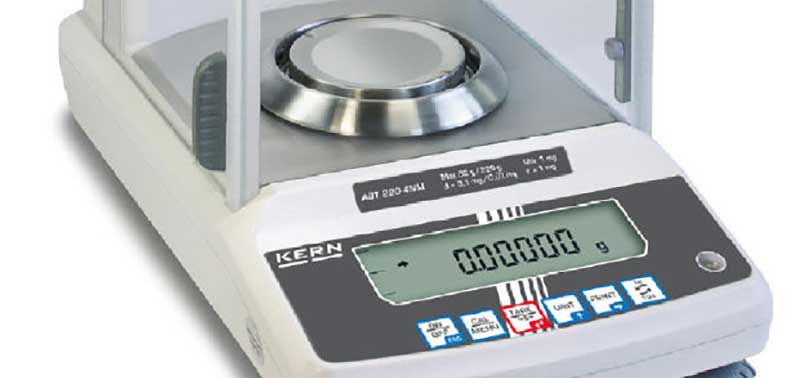Posts Tagged ‘precision balance’
A Comprehensive Guide to Analytical Balance Calibration
Selecting Scale Weights for Calibration Testing
Calibrating precision digital scales, analytical balances and moisture analyzers that rely on accurate weight measurement requires periodic tests using a scale weight closely matching the maximum capacity of the instrument being tested. Why Testing with Scale Weights is Important Daily we depend on weighing accuracy – such as visits to the deli counter in the…
How to Use an Analytical Balance: 5 Tips
University and industrial laboratory researchers requiring extremely accurate measurements of extremely small quantities rely on a precision instrument called an analytical balance. Shopping for an analytical balance requires being familiar with some of the advanced features available today as well as the proper use of these precision instruments. It is on the second point that…



